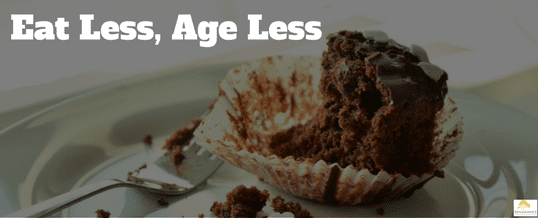So how exactly do the Okinawans manage to eat 60% less than Americans?
The secret is in a low-energy-density diet. Unfortunately, the stretch receptors in our stomach are a tad slow to signal their fullness to our brain. As a result, it takes about 20 ins for our stomachs to signal the brain that there’s no need for more food. The Okinawans low-energy-density diet decreases appetite by delaying gastric emptying time.
The Okinawan food culture is heavily influenced from Chinese food culture, other south East Asian countries and Japanese. Salient features of the diet include:
1. 2248 calories/day. Their diet consistently averages no more than 1 calorie per gram of food.
2. An antioxidant-rich diet that contains mainly local green, orange, and yellow vegetables such as sweet potato and local fruits, roots, and tubers.
3. A diet low in sugar, with only 25% of the sugar and 75% of the grains of the average Japanese diet
4. A primarily vegetarian and seafood-rich diet that includes a relatively small amount of fish and more fermented soy, tofu, low-calorie vegetables, seaweed, and other legumes. Almost no meat, eggs or dairy products are consumed.
The concept that food is medicine is also an intrinsic part of Okinawan culture. For more information on their diet see The Okinawa Diet Plan, by Bradley Wilcox MD. They have divided food items into four categories based on caloric density.

